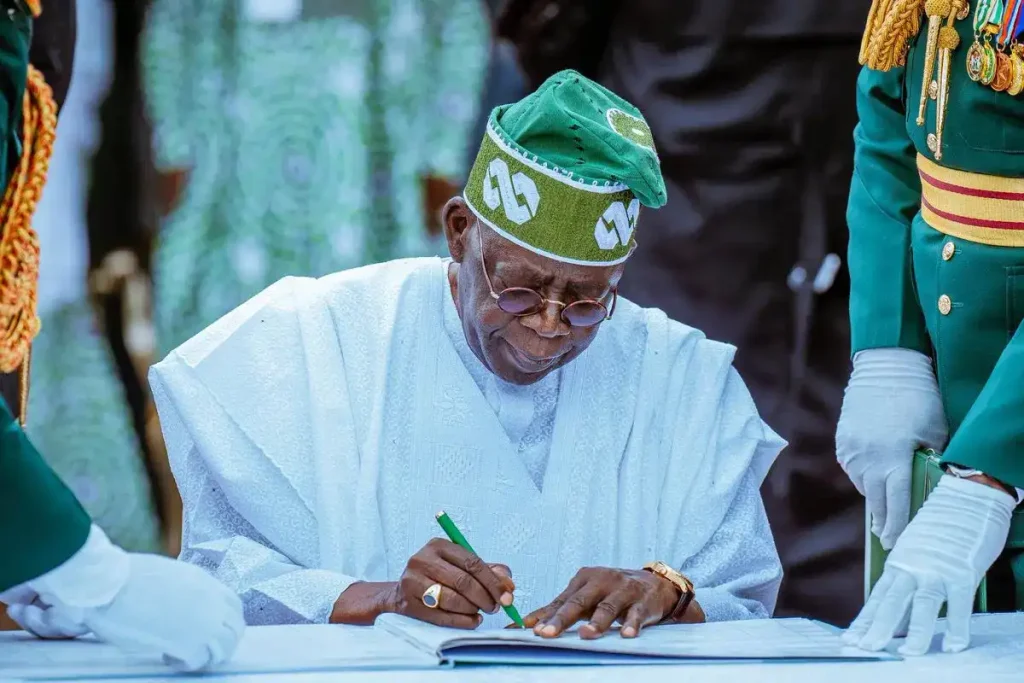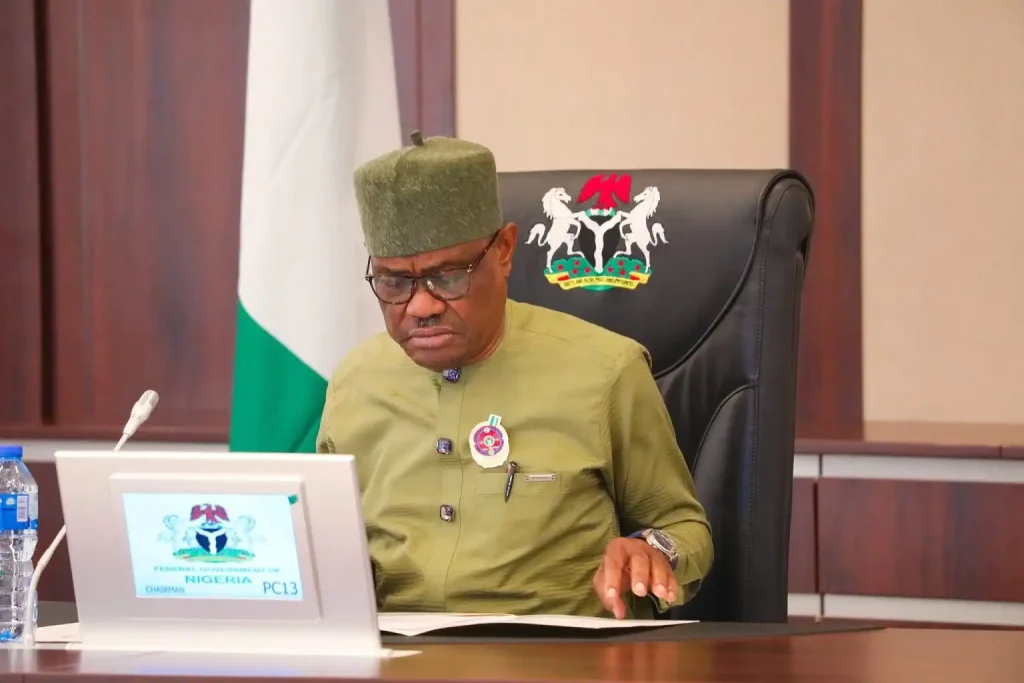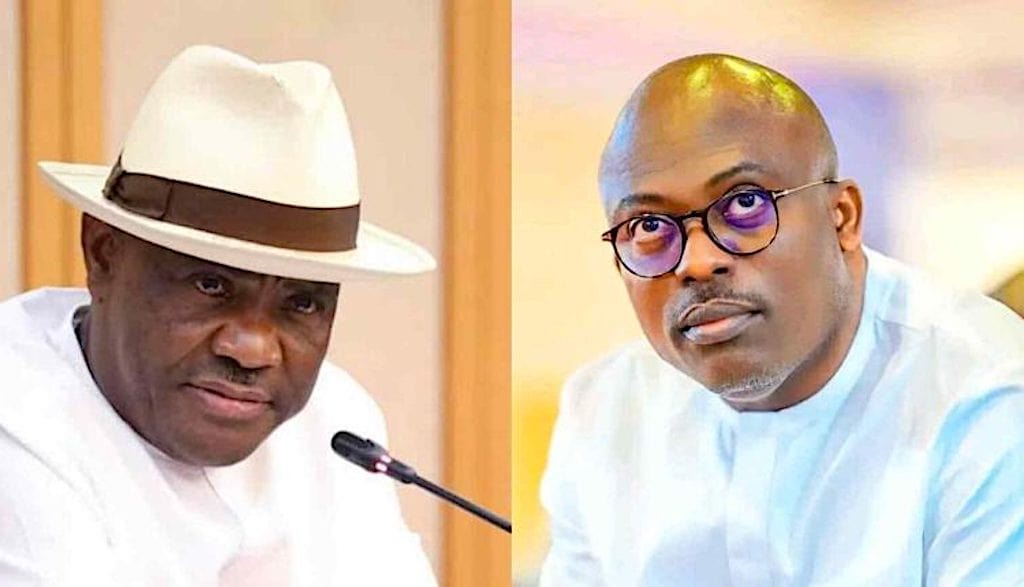Nigeria, a country already buckling under economic distress, rising debt, poor governance, and an over-centralised federation, now faces a new wave of ill-conceived demands for more states. With 36 states and the Federal Capital Territory already proving largely unsustainable, the National Assembly is currently reviewing proposals to create 31 additional states, bringing the total to 67. This move, analysts argue, is not only impractical but also deeply irresponsible—especially in a nation still grappling with the consequences of decades of flawed federalism.
A Persistent Agitation With No Lessons Learned
Ever since Nigeria returned to democracy in 1999, every session of the National Assembly has received requests for new states. Yet, none have succeeded—largely because the underlying structural flaws in Nigeria’s federal arrangement remain unaddressed. Instead of learning from this repeated failure, lawmakers continue to recycle a populist agenda that ignores both economic logic and historical precedent.
In the First Republic (1960–1966), Nigeria operated under a true federal structure comprising three—and later four—regions. Each region enjoyed a high degree of autonomy, ran its own constitution, and managed its own resources. There was healthy competition between the regions—groundnut pyramids flourished in the North, cocoa plantations thrived in the West, palm oil exports surged from the East, and the Mid-West was created due to clear political necessity.
By contrast, the current federal structure, which emerged after the 1966 military coup and was later expanded by successive military regimes, imposed a unitary system in disguise. States were created by decree—12 in 1967, 19 in 1976, 21 in 1987, 30 in 1991, and finally 36 plus the FCT in 1996. These states were not created to reflect viability or functionality, but rather to serve political interests. The result has been an inefficient, dependent, and bloated governance structure.
Economic Realities Disregarded
One of the most glaring issues with creating new states is the severe financial burden they impose. Most of the existing 36 states already struggle to pay salaries, fund infrastructure, or provide basic public services. As of March 2025, the combined domestic debt of all states and the FCT stood at ₦3.86 trillion. A 2022 fiscal sustainability report even described states like Katsina, Yobe, and Taraba as technically insolvent.
Yet, despite this dire situation, the vertical allocation formula remains skewed: the Federal Government takes 52.68%, states receive 26.72%, and Local Government Areas (LGAs) get 20.60%. Adding more states will only further fragment the existing pool of resources, exacerbating poverty and underdevelopment across the board.
This trend is already evident. Governor Babajide Sanwo-Olu of Lagos State recently requested the constitutional recognition of 37 Local Council Development Areas (LCDAs), highlighting the competition for more allocations from the centre. If granted, other states are certain to follow, sparking a nationwide scramble that Nigeria can ill afford.
Corruption, Waste, and Poor Governance
A bloated structure inevitably leads to greater corruption and waste. Under former President Olusegun Obasanjo, 12 governors were under investigation by the Economic and Financial Crimes Commission (EFCC). Today, EFCC Chairman Ola Olukoyede has disclosed that 18 governors are currently under investigation for corruption-related offences.
Despite receiving increased federal allocations—thanks to fuel subsidy removal and naira floatation—many governors still prioritise vanity projects such as airports and large convoys over critical needs like health, education, and rural infrastructure. A 2019 financial report showed that state expenditure rose from ₦5.12 trillion to ₦5.26 trillion, with recurrent costs and loan repayments taking up most of the budgets.
Meanwhile, over 20 states have failed to implement the new ₦70,000 minimum wage for teachers and local government workers, further illustrating how most state governments are unable—or unwilling—to manage their current obligations, let alone take on new ones.
Infrastructure and Development at Risk
The poor state of infrastructure across Nigeria further underscores the dangers of expanding the current state structure. According to World Bank estimates, the country needs between $100 billion and $150 billion annually over the next 30 years to bridge its massive infrastructure gap. Yet public spending remains abysmally low. The World Bank Country Director for Nigeria, Shubham Chaudhuri, has stated that “public spending at both the federal and sub-national levels has been very low.”
Currently, 87% of Nigeria’s 200,000km road network is in poor condition, with a large chunk under the responsibility of the states. Creating more states would dilute both accountability and capacity, making it even harder to address these critical infrastructure needs.
Election Costs and Bureaucratic Bloat
An increase in the number of states also translates into a surge in electoral costs. For instance, the Independent National Electoral Commission (INEC) received ₦313.4 billion for the 2023 general elections. The agency has already proposed ₦126 billion for the 2025 by-elections. Adding more states would balloon these figures, draining scarce resources and further overwhelming an already overstretched electoral process.
Each new state would require its own executive, legislature, judiciary, ministries, civil service, and security apparatus, all of which come with substantial financial implications. Rather than delivering better governance, this would result in duplicated functions, inefficiency, and increased corruption.
Lessons from Other Federations
The notion that federal systems must endlessly fragment to reflect “balance” or “equity” is a false one. Stable and prosperous federal nations like the United States (50 states), Canada (10 provinces, 3 territories), Australia (6 states, 2 territories), and Germany (16 Länder) have retained their structures for decades. What distinguishes them is effective governance, fiscal discipline, and accountability, not the number of subnational entities.
In those countries, federal units generate their own revenues, compete constructively, and maintain autonomy while contributing meaningfully to national unity and prosperity. Nigeria must learn from these examples and abandon the failed idea that more states automatically equate to better representation or development.
A Call for True Federalism
Instead of multiplying unviable states, Nigeria needs to return to true federalism. This includes:
-
Resource control and fiscal autonomy for states
-
Devolution of powers to allow regions to legislate, innovate, and compete
-
A leaner, more effective central government focused on national security, foreign policy, and macroeconomic stability
-
Independent revenue generation by states through agriculture, manufacturing, tourism, and services
-
Respect for regional diversity and autonomy
As Abia State Governor Alex Otti rightly noted, “The country doesn’t require additional states, especially when most of the existing states lack the viability for economic self-sustainability.” That is a statement grounded in reality and backed by history, data, and logic.
Conclusion
Nigeria’s current push to create more states is not only unnecessary but potentially disastrous. It distracts from the real work of governance, development, and national unity. If the country is to rise from the shadows of poverty, unemployment, and insecurity, it must restructure its federal system—not further fragment it.
What Nigeria needs is fewer but more empowered regions, not more dependent states. True federalism remains the only sustainable path to progress. The National Assembly and political elites must finally put nation-building ahead of political convenience.












